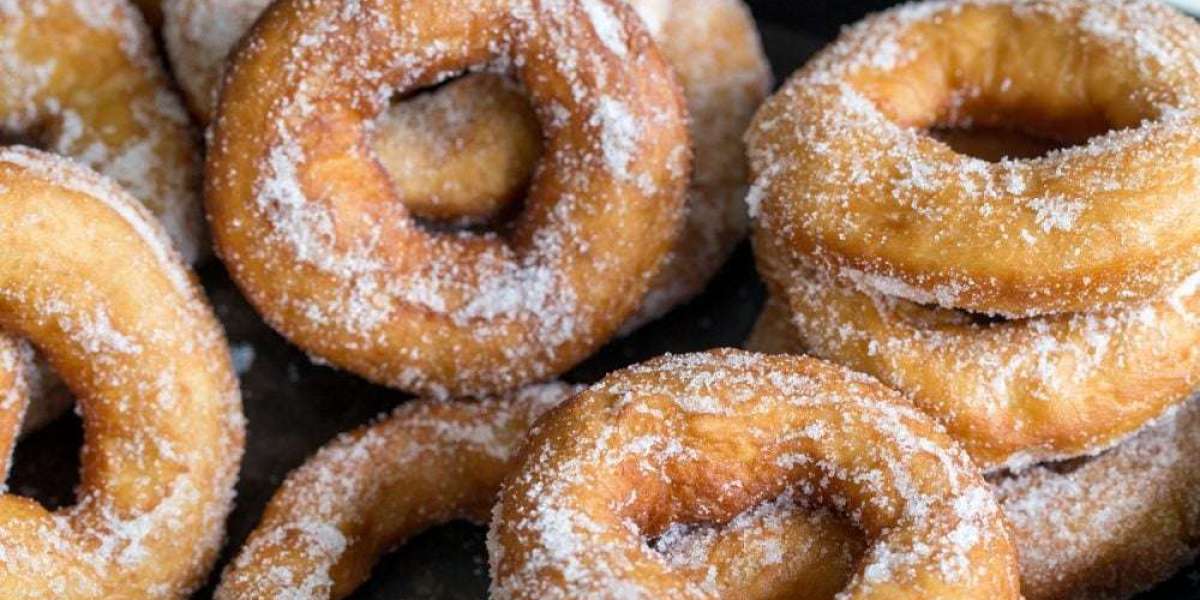Celiac disease is an autoimmune disorder triggered by the ingestion of gluten, a protein found in wheat, barley, and rye. It is estimated to affect 1% of the population worldwide. A gluten-free diet is the only treatment for individuals with celiac disease, as it helps manage symptoms and prevent long-term complications. In this article, we will explore the celiac disease diet, including what it entails, the foods to eat and avoid, tips for maintaining a gluten-free lifestyle, and more.
Introduction
Celiac disease is a chronic condition characterized by an immune reaction to gluten, a protein found in various grains. When individuals with celiac disease consume gluten, it triggers an immune response that damages the small intestine lining. This can lead to a range of symptoms and long-term complications. Adopting a strict gluten-free diet is crucial for managing celiac disease and promoting intestinal healing.
What is Celiac Disease?
Celiac disease is an autoimmune disorder where the ingestion of gluten triggers an immune response that damages the lining of the small intestine. It is primarily caused by genetic factors and can be diagnosed through blood tests and intestinal biopsy. Symptoms of celiac disease can vary widely and may include digestive issues, fatigue, nutrient deficiencies, skin rashes, and more.
Foods to Avoid
Individuals with celiac disease must eliminate all sources of gluten from their diet. Foods to avoid include:
Wheat and wheat-based products (bread, pasta, cereals)
Barley
Rye
Triticale
Some oats (due to potential cross-contamination)
In addition to these obvious sources of gluten, it's important to be aware of hidden sources of gluten, such as sauces, gravies, processed foods, and certain medications.
Gluten-Free Foods to Eat
Following a gluten-free diet involves consuming foods that are naturally gluten-free or using gluten-free alternatives. Foods that can be safely included in a celiac disease diet include:
Fruits and Vegetables
Lean meats, poultry, and fish
Legumes and pulses
Dairy products (unless lactose intolerant)
Gluten-free grains and flours (rice, corn, quinoa, almond flour, coconut flour)
It's essential to choose certified gluten-free products and check labels for gluten-containing ingredients.
Following a Gluten-Free Diet
Maintaining a gluten-free lifestyle requires diligence and awareness. Some tips for following a gluten-free diet include:
Read food labels carefully, looking for any mention of gluten or gluten-containing grains.
Be cautious of cross-contamination in shared kitchens or dining out.
Seek support from healthcare professionals, dietitians, or celiac disease support groups.
Plan meals and snacks in advance to ensure a well-balanced gluten-free diet.
Potential Nutrient Deficiencies
Celiac disease can lead to nutrient deficiencies due to malabsorption in the damaged intestine. Common deficiencies include iron, calcium, vitamin D, vitamin B12, and folate. To address these deficiencies, individuals with celiac disease may require targeted supplementation and a focus on nutrient-rich gluten-free foods.
Dining Out and Traveling with Celiac Disease
Dining out can be challenging for individuals with celiac disease, but with proper precautions, it can be done safely. Some guidelines for dining out include:
Research gluten-free-friendly restaurants and communicate your dietary needs.
Ask questions about ingredients, food preparation, and potential cross-contamination.
Inform restaurant staff about your condition and the importance of a gluten-free meal.
Similarly, when traveling, it's crucial to plan ahead, research gluten-free options, and bring gluten-free snacks or meals if necessary.
Gluten-Free Recipes and Meal Ideas
Adopting a gluten-free diet doesn't mean sacrificing taste or variety. There are numerous delicious gluten-free recipes and meal ideas available. Examples include gluten-free pancakes, quinoa salads, stir-fries with gluten-free tamari sauce, and gluten-free pizza made with cauliflower crust. Creative cooking and exploring alternative grains and flours can open up a world of gluten-free culinary possibilities.
Conclusion
The celiac disease diet is the cornerstone of managing celiac disease and promoting overall health and well-being. By following a gluten-free lifestyle, individuals with celiac disease can effectively control symptoms, prevent complications, and lead a fulfilling and healthy life. Proper education, support, and awareness are essential for successfully adhering to a gluten-free diet and embracing the numerous gluten-free options available.
FAQs (Frequently Asked Questions)
Q. Can celiac disease be outgrown or cured?
A. Celiac disease is a lifelong condition. While symptoms can improve and intestinal healing can occur with a gluten-free diet, individuals with celiac disease must maintain a gluten-free lifestyle indefinitely.
Q. Are there any gluten-free grains to be cautious of for individuals with celiac disease?
A. While most gluten-free grains are safe for individuals with celiac disease, it is important to be cautious of cross-contamination. Some gluten-free grains, such as oats, may be processed in facilities that also handle wheat, barley, or rye, leading to potential cross-contamination.
Q. Is a gluten-free diet necessary for individuals with gluten sensitivity or wheat allergy?
A. A gluten-free diet is not necessary for individuals with gluten sensitivity or a wheat allergy unless they also have celiac disease. Gluten sensitivity and wheat allergy involve different immune responses and may require different dietary restrictions.
Q. Can individuals with celiac disease consume oats?
A. While oats themselves are gluten-free, they are often processed in facilities that also handle gluten-containing grains. Individuals with celiac disease should choose certified gluten-free oats to avoid potential cross-contamination.
Q. Are there any medications that contain gluten?
A. Some medications may contain gluten as a filler or binder. Itis important for individuals with celiac disease to inform their healthcare providers about their condition to ensure that prescribed medications are gluten-free. Pharmacists can also assist in identifying gluten-free medication options.









